Chiropractic care is a non-invasive, drug-free healthcare approach that focuses on restoring and maintaining the proper function of the spine and nervous system. Our clinic specialises in providing chiropractic care to patients in the areas of Riviera, Calahonda, La Cala, Mijas, and Marbella.
Chiropractic adjustments help to restore proper spinal alignment, improve joint mobility, and reduce inflammation, which can alleviate pain and improve overall health and wellness. Our chiropractors have been trained in the UK to the very highest standards and follow the British style of chiropractic, emphasising a holistic approach to health and wellness.
If you’re experiencing pain or discomfort or want to improve your overall health and well-being, chiropractic care may be the solution you’re looking for. Our clinic provides a welcoming and supportive environment where patients can receive personalised chiropractic care tailored to their specific needs.
Chiropractors focus on restoring and maintaining the proper function of the spine and nervous system. The spine is the foundation of the body and protects the spinal cord, which connects the brain to the rest of the body. The nervous system controls all of the body’s functions, including movement, sensation, and organ function.
Chiropractic adjustments involve using a precise force to realign the vertebrae in the spine and restore proper function to the nervous system. This can help alleviate pain, improve joint mobility, and reduce inflammation throughout the body. Chiropractors also employ a range of complementary therapies, such as massage therapy, rehabilitation exercises, and acupuncture, to help patients achieve optimal health and wellness.
Unlike traditional medical approaches, chiropractic care is non-invasive and drug-free, making it a safe and effective option for patients of all ages and health conditions. Our chiropractors specialise in providing personalised care that is tailored to each patient’s unique needs, goals, and health history.
Chiropractic care can help treat a wide range of conditions, including back pain, neck pain, headaches, joint pain, and sports injuries. Chiropractors use a range of techniques and therapies to help alleviate pain and improve overall health and wellness.
Back pain is one of the most common conditions treated by chiropractors. Chiropractic adjustments can help restore proper spinal alignment, reduce pressure on the nerves, and alleviate pain and discomfort.
Neck pain is also a common condition treated by chiropractors. Poor posture, whiplash, and stress can all contribute to neck pain. Chiropractic adjustments can help restore proper alignment to the cervical spine, improve mobility, and reduce pain and stiffness.
A variety of factors, including tension, stress, and poor posture, can cause headaches. Chiropractic care can help alleviate tension in the neck and shoulders, improve circulation, and reduce headache frequency and severity.
Joint pain can be caused by a range of conditions, including arthritis, injury, and overuse. Chiropractic care can help reduce inflammation in the joints, improve joint mobility, and alleviate pain and stiffness.
Sports injuries, such as sprains, strains, and muscle tears, can be effectively treated with chiropractic care. Chiropractors can use a range of techniques, such as soft tissue therapy and rehabilitation exercises, to help patients recover from injuries and improve their performance.
At our clinic, our chiropractors use a comprehensive approach to treating conditions, which includes a thorough evaluation, a personalised treatment plan, and ongoing support and education.
If you do not see your specific condition listed, we encourage you to call us so we can personally address your particular concerns.
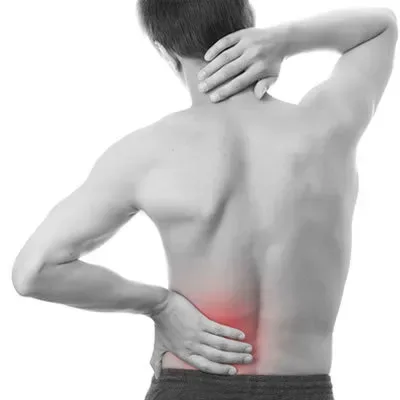
Back and neck pain are among the most common of chronic ailments. So many factors are involved in pain in these areas, that establishing an exact cause is not always straightforward. One factor, however, is the complex structure of the spinal column. Also known as the vertebral column, it consists of thirty-three small bones or vertebrae. The arrangement of these bones defines the structure of the body and protects the spinal cord or network of nerves that connect directly with the brain. The interlinked vertebrae are separated by cartilage discs that add flexibility to the spine and help prevent injury. Occasionally, one or more of these discs slips out of place, causing what we call the “slipped disc”.
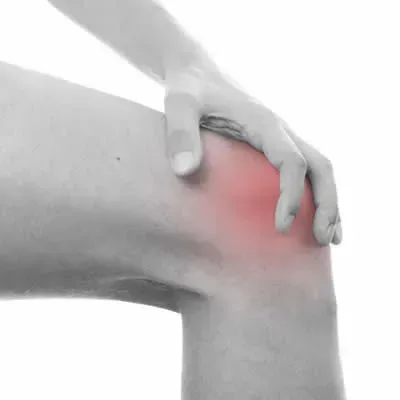
The knee is primarily a hinge joint for the lower limb, serving as leaver mechanism to allow efficient movement and shock absorption.
Knee pain can occur from direct trauma or repetitive use and can also be referred from other sources i.e. the hip or lower back. Poor mechanics or problems at the hip or ankle are often “off loaded” or compensated for at the knee. This often results in knee pain with the cause being above and/or below the knee.
Chiropractic treatment encompasses both the treatment of the damaged or dysfunctional tissues but also looks at why the injury occurred in the first place. Typically a patient will receive hands on treatment to correct the altered movement in the knee and be guided in specific strengthening and conditioning programmes tailored to fit your individual lifestyle.
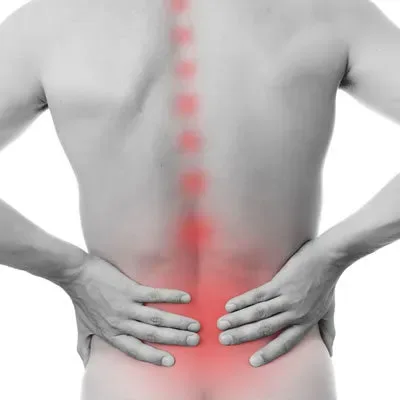
Pain radiating from the low back, through the buttocks and into the legs is commonly referred to as being ‘sciatic’. The sciatic nerve is the largest nerve in the body and courses down into each leg to supply many of the tissues (specifically, it controls the muscles of the lower leg and back of the knee and provides sensation to the back of the thigh, part of the lower leg, and the sole of the foot). Therefore if the nerve is inflamed or compressed it can lead to the pain, weakness or numbness that typically affect sciatica sufferers.
The structures involved may be overly taut muscles, damaged intervertebral discs, arthritic joints and numerous other causes. Sciatic-type pain can also be mimicked by many structures within the lumbar spine (low back), resulting in referred pain down into the buttocks or legs. It is therefore important to accurately diagnose the source of the pain in order to specifically tailor the treatment.
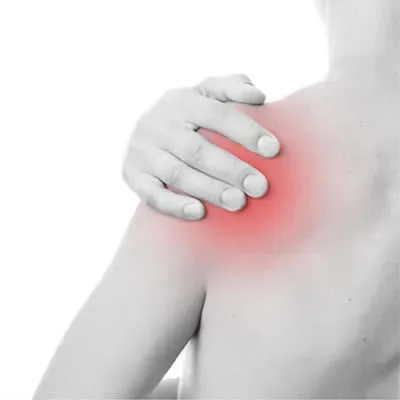
The glenohumeral joint, more commonly known as the shoulder joint, is a very common area for pain and discomfort. Resolving the symptoms is important to obtain a correct diagnosis. The shoulder is a ball and socket joint and has a very wide range of motion which can often lead the shoulder prone to overuse and trauma. Therefore, The shoulder relies heavily on a group of muscles known as the SITS or rotator cuff muscles to stabilise the joint.
Following injury the strength and function of these muscles can be affected resulting in muscle imbalance which unless addressed can lead to chronic pain and loss of movement of the joint. Posture and ergonomics have a significant role to play in common shoulder complaints such as poor posture, incorrect workstation set up and repetitive overuse.

Because many of us experience the odd headache every now and again, it can be easy to view them as “normal” or something you have to “live with”. However, headaches can be very debilitating, in fact research has shown that severe headaches like migraine have such an impact on an individual’s quality of life that is greater than the effect of notable chronic conditions such as osteoarthritis, hypertension and diabetes.

Neck pain is a very common complaint and something that the vast majority of people will experience at least once. Anyone who has experienced it already will know that the amount of pain at any given moment can vary greatly- one minute it might be very mild, whereas the next it might be excruciating.
The biological cause of neck pain is in most cases due to muscular spasms, ligament sprains, and injuries to the discs which make up the neck itself.

Have you ever considered the incredible complexity the human foot requires to control motion, provide feedback for balance, maintain stability AND absorb ground impact forces, all whilst under the entire body load? It achieves this through an intricate structure comprising 33 joints, 107 ligaments, 19 muscles and ten tendons within each foot.
Amazingly, approximately a third of all the bones in the body are located within our feet. As we move, the foot and ankle must maintain mobility and stability. This compromise makes this area particularly vulnerable to injury, for example, sprains, tendinosis and fasciitis. In addition, dysfunction in the mechanics and control of the feet can exacerbate problems through the lower limb and even to the lower back or further.
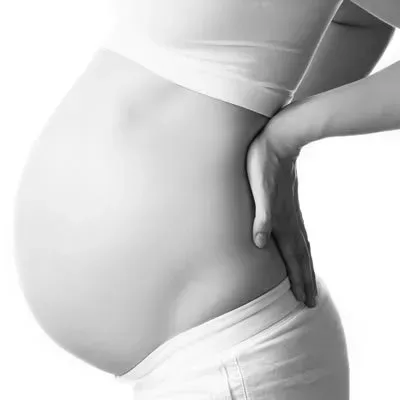
Chiropractic treatment during pregnancy is considered a safe and effective means of treating common musculoskeletal symptoms that many pregnant patients encounter. Musculoskeletal changes occur during pregnancy due to weight gain and hormonal changes in the body. These changes commonly lead to problems such as low back and neck pain.
Chiropractors have several safe and gentle techniques which they can utilise with pregnant patients and alongside treatment we can offer advice on posture, exercise and diet. We can provide postural advice specific to your stage in pregnancy and exercises and stretches that you can perform at home.

Often, scoliosis is a condition that is present from birth, and can be cured only by surgery. However, other factors can cause an “s” or “c” bend in the spinal cord, for example, an irregularity in the skeleton that leads to spinal bias over time. Other common symptoms of poor spinal alignment include numbness and tingling in the hands, legs and feet, a sensation caused by spinal discs compressing and trapping nerves.
Better posture and sleeping position can help to minimise all of these symptoms. It is the lateral curvature of the spine that occurs most commonly during a person’s growth spurt before puberty.
When a normal spine is view from either the front or the back, the spine will appear to be to be straight. However, a patient suffering from scoliosis would have their spine (when viewed from either the front or the back) showing mild to severe abnormal curvature of their spine.
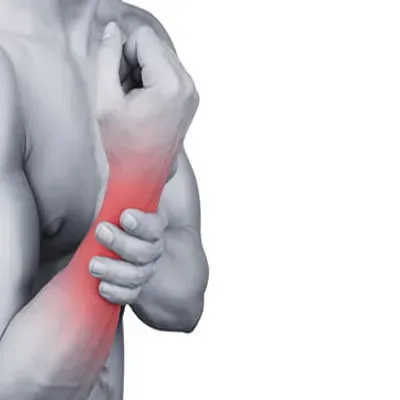
The wrist and hand require great movement and control to provide the complex and fine movements we use daily. The wrist allows the positioning of the hand around a wide range of movements, which enables the fine motor control movements of the hand to be adapted to various tasks.
This adaptability is achieved with a combination of multiple small bones that make up the wrist and hand, with the absence of bulky muscular support across the joints of the wrist and small muscles at the hand.
Reliance on stability at the wrist is placed on the ligaments and tendons that cross this area. As a result, the wrist is prone to overload from repetitive activities and more vulnerable to direct impact than other joints with greater muscular support.

Plantar fasciitis is one of the most common conditions causing heel pain. It involves inflammation of the plantar fascia — a tough, fibrous band of tissue that runs along the sole of the foot. The plantar fascia attaches to the heel bone (calcaneus) and to the base of the toes. It helps support the arch of the foot and has an important role in normal foot mechanics during walking.
Tension or stress in the plantar fascia increases when you place weight on the foot, such as withstanding. The tension also increases when you push off on the ball of the foot and toes. Both of these motions occur during normal walking or running. With overuse or in time, the fascia loses some of its elasticity or resilience and can become irritated with routine daily activities.
Chiropractic is a form of healthcare that focuses on the diagnosis, treatment, and prevention of musculoskeletal disorders, particularly those related to the spine. It involves manual therapy, including spinal adjustments and other techniques, to improve joint mobility and reduce pain.
Chiropractic can help treat a variety of conditions, including back pain, neck pain, headaches, joint pain, and sciatica, to name a few.
During a Chiropractic treatment, the chiropractor will use their hands or a small instrument to apply a controlled force to a joint in the spine or other part of the body. This is called an adjustment and aims to improve joint mobility and reduce pain.
Yes, Chiropractic treatment is generally considered safe when performed by a qualified and experienced chiropractor. They will take a thorough medical history and perform a physical examination to ensure the treatment is appropriate for the patient.
Yes, Chiropractic treatment can be suitable for children, and some chiropractors specialize in pediatric chiropractic care. However, the treatment will be adapted to suit the child’s age and needs.
The length of a Chiropractic treatment will vary depending on the patient’s condition and the techniques used. A typical treatment session can last between 20-30 minutes.
The number of Chiropractic treatments needed will depend on the patient’s condition and response to treatment. Some patients may only require a few treatments, while others may need ongoing care.
Yes, Chiropractic can help with sports injuries, including sprains, strains, and muscle tears. Chiropractors specialising in sports injury treatment can help athletes recover from injuries and improve their performance.
It’s €80 for your initial assessment, diagnosis, and first treatment. All follow-up appointments are charged at €55.